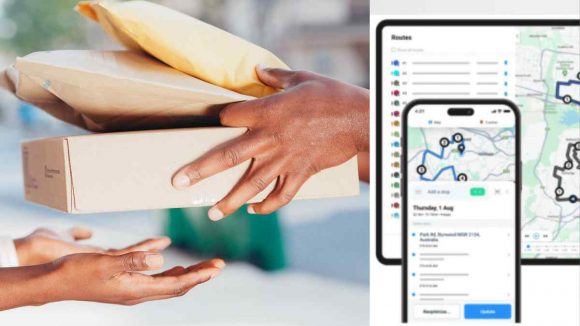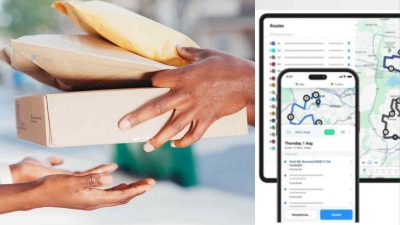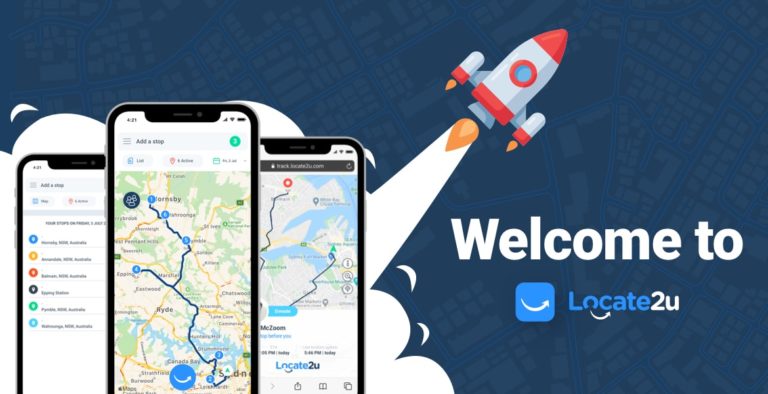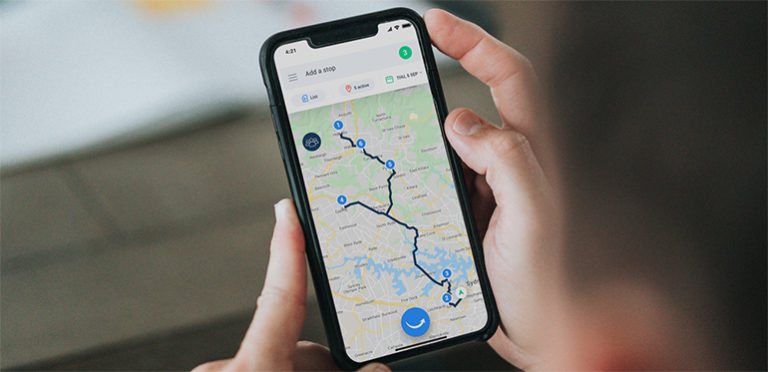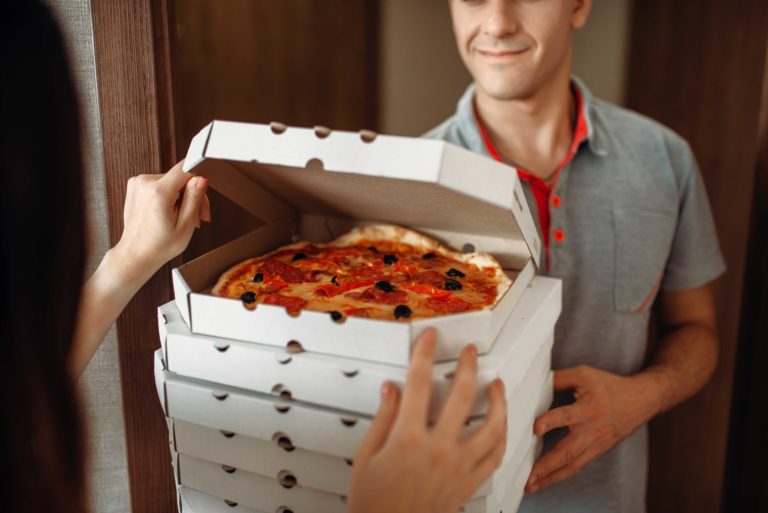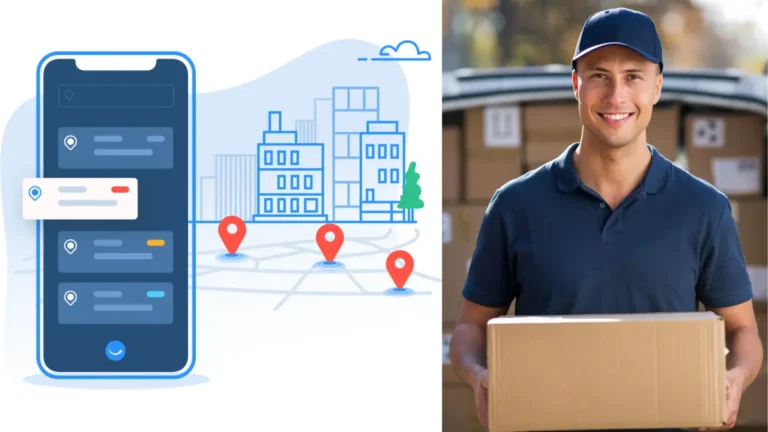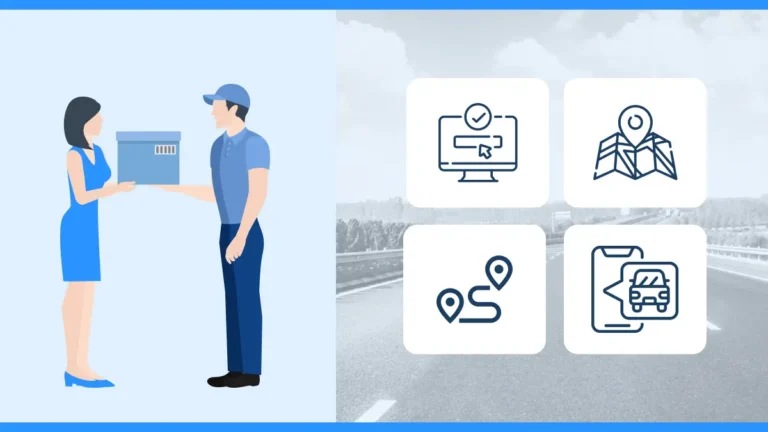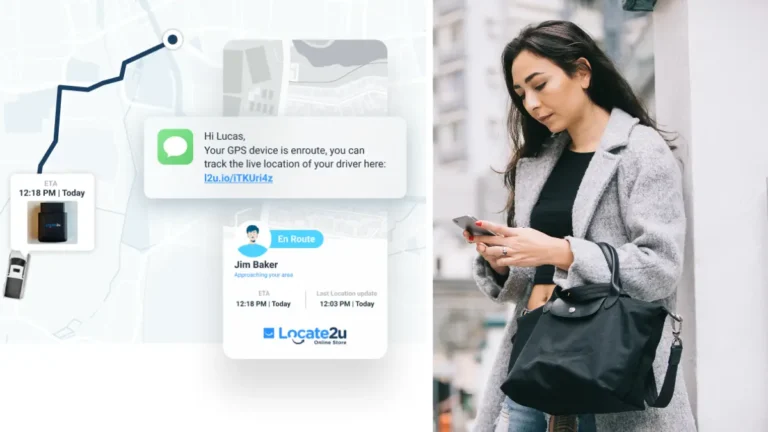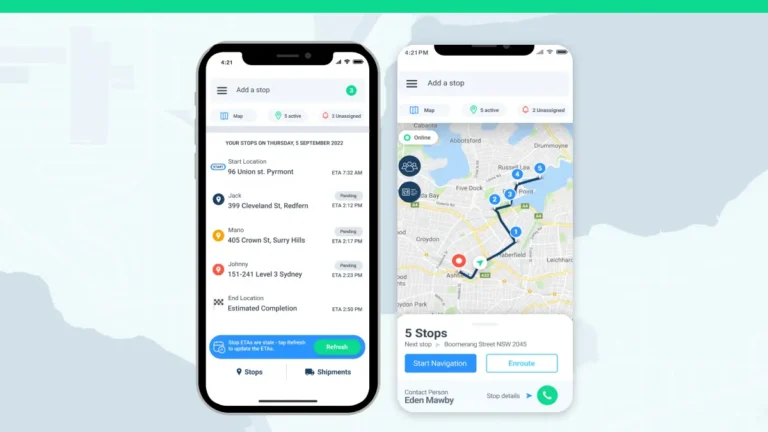Final mile delivery is that moment where efficiency meets customer expectations.
It’s the last mile that matters the most, the heartbeat of e-commerce. This part of the supply chain process is transparent so that the customer can follow each step of the way.
With the high demand for accuracy, speed, and free delivery, it’s no wonder that once businesses have figured out how to precisely the final mile, it becomes their competitive advantage.
In this article, you’ll learn more about 17 of these secrets top businesses are using to make the final mile more cost-effective and fast.
1. Route Optimization speeds up the final mile
You want the shortest and most effective route for each delivery. This is why route optimization software is the top pick for fastening last-mile deliveries.
Walmart is selling its route optimization technology to businesses wanting to reduce their transportation and shipping costs.
For years, Walmart has used AI to create a more efficient supply chain and reduce emissions.
The retailer claims it has avoided 94 million pounds of CO² by eliminating 30 million unnecessary miles driven and optimized routes to bypass 110,000 inefficient paths.
Learn more about what route optimization software is.
2. Dynamic scheduling for final mile deliveries
Companies use dynamic scheduling to maintain operational function, outpacing competitors in customer satisfaction, which matters most during the last mile.
Dynamic scheduling allows companies to adjust delivery scheduling options in real-time. Unlike traditional static scheduling, which sets a fixed timeline for projects to be completed.
Changes are based on traffic, weather, or demand surges.
Example: A delayed package due to unforeseen traffic can be reassigned to a closer driver, ensuring it reaches the customer on time.
3. Real time tracking speeds up home delivery
Transparency is important to earn customers’ trust. With real time tracking customers are updated when and where the parcels are.
Without tracking, customers may call repeatedly for updates, leading to frustration. With live updates, they feel in control.
GT Product Sales uses Locate2u’s real time tracking software to avoid frustrating customers not knowing when to expect their orders. Now they don’t have to field hundreds of calls enquiring about when customers’ orders will arrive.
4. Driver training improves speedy last mile delivery
Did you know high-performing companies invest in continuously educating and training their drivers? When drivers are frequently properly trained, they are faster and more efficient. They make fewer mistakes.
Even veteran drivers can benefit from updated skills training every six to 12 months.
5. Fleet management systems impact final mile delivery
Being proactive about fleet maintenance might not seem to be a priority now when there is nothing wrong with your fleet. But if the vehicles used for deliveries are not maintained, it could mean downtime for cars and fewer resources to complete deliveries.
According to SafetyCulture, this includes regular inspections, oil changes, tire rotations, and other preventive maintenance tasks to prevent breakdowns and costly repairs.
6. Load optimization: Calculating vehicle capacity for the final mile
Improperly loaded vans can result in delayed deliveries or damaged goods.
But how do you know when a load is packed at its optimal capacity? Optimized loading increases vehicle capacity and reduces the number of trips required.
Leading firms use this technology to maximize efficiency by not simply packing vans until there is no space left.
7. Customer communication tools simplify final mile delivery
A driver app improves the customer experience by providing accurate delivery updates. You want to take the guessing out of the delivery for your customers. With no or limited communication customers can get frustrated.
Customers can interact with drivers and ensure that the address and instructions are understood to maximize their experience of the best delivery drop-off.
8. Automated dispatching
Businesses are stuck with repetitive, time-consuming tasks. These tasks can easily be automated to relieve the pressure on dispatch staff.
Automated systems also eliminate human errors. When the system automatically assigns new stops to drivers based on location and capacity, it saves time.
9. Use of electric vehicles for final mile delivery
Although EV adoption is expensive and has high upfront costs, it saves on fuel costs and emissions. This type of environmentally conscious delivery appeals to certain customers.
Without intervention, last-mile delivery greenhouse gas emissions will increase 30% by 2030, says Kearney.
Customers increasingly choose services for final mile delivery that are aligned with sustainability values.
10. Smart lockers for final mile delivery
A customer stuck at the office or in traffic can result in a failed delivery. But with smart lockers, this won’t be the case. Customers have time to access their parcels in the lockers at secure pickup points.
Parcel lockers are extremely popular in the US.
According to Supply Chain Brain, UPS and FedEx have an estimated 45,000 to 50,000 package lockers.
11. Crowdsourced delivery
Crowdsourced delivery uses networks of local contracted couriers to deliver packages. This is ideal to increase capacity during peak demand without hiring permanent staff.
Just because the demand increases doesn’t mean customers have to suffer by receiving orders late.
Without the capacity or crowdsourcing, businesses suffer while delays pile up. Flexible drivers can easily solve the problem.
12. Data analytics identifies inefficiencies in final mile delivery
Without data insights, your company can repeatedly experience bottlenecks or shortcomings during the handover of deliveries.
But with data analytics, managers can analyze and fix the problem before it turns into a bad customer review.
13. Inventory management systems
When products are high in demand, the last thing you want is to tell a customer you are out of stock. With inventory management systems in place, you can ensure that products are readily available.
The moment you don’t have stock, your customer might consider going to the competitor.
14. Collaborative logistics for the final mile delivery
Sharing delivery resources reduces costs and expands your reach. Companies partner to extend their competitive edge.
According to Freightwaves: “Collaboration in logistics extends beyond mere communication. It involves sharing data, resources, and expertise to optimize processes, reduce costs, and enhance customer satisfaction.”
How does this improve the last-mile delivery? A lone courier might be struggling to deliver in remote areas, but partnerships with another might just fill the gap efficiently.
15. Customer feedback
Customer feedback is not only a place where disappointed customers gather to vent their frustration. It’s how your business can grow to make the final mile even better and improve consumer satisfaction.
Negative or positive feedback helps businesses identify and resolve pain points.
If you don’t allow customers to send feedback, unresolved issues can drive customers away.
16. Flexible delivery windows for the final mile delivery
Allowing customers to choose their own delivery window gives them control over the final mile delivery. Many customers might miss deliveries when they don’t have a say in what time of day they prefer.
When customers order through Amazon’s website, there are various time windows in which products need to be delivered.
A customer can order online at 10 pm and still receive their goods the next day. Amazon can fulfill these orders because the stock is so close to where the customers are.
17. Micro-fulfillment centers speed up final mile delivery time
Locate2u’s founder and CEO, Steve Orenstein, says it’s important to ensure orders placed are sent to the nearest store or warehouse to your customer.
“An order sent to a retailer that’s further away will not only result in a slower delivery, it will be more expensive, especially when it’s a same-day or 3-hour delivery. This may seem quite obvious, but I’ve seen major brand retailers set this up incorrectly.”
Without local stock, orders might be delayed due to distant sourcing.
Final journey for final mile deliveries
Getting a package to the customer’s door might sound simple, but in final mile delivery, the path to success is anything but straightforward.
By implementing just a few of these secrets, your business can already have a competitive advantage.
About the author
Mia is a multi-award-winning journalist. She has more than 14 years of experience in mainstream media. She's covered many historic moments that happened in Africa and internationally. She has a strong focus on human interest stories, to bring her readers and viewers closer to the topics at hand.

